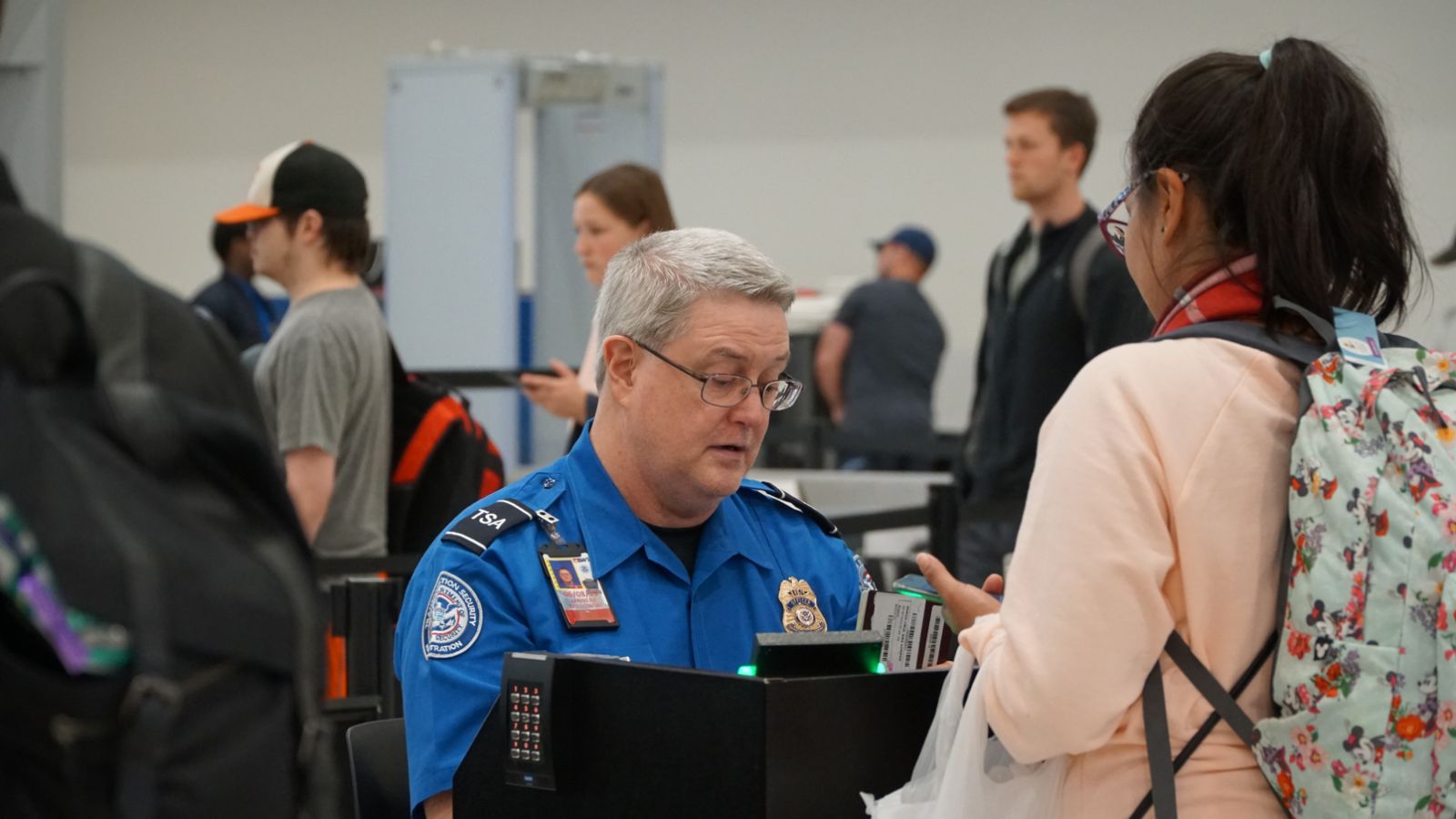For many, the ’90s were a simpler time. Mobile phones and a constant connection to the internet weren’t ubiquitous, and there was much less choice for TV channels and movies to watch. However, the ’90s weren’t as safe as modern life is, with many products and everyday practices that are now known for being risky.
Non-Airbag Equipped Cars

The rarity of airbags in cars during the early ’90s saw higher injury and death rates in automobile accidents, and in response, legislation was drafted to install airbags as standard equipment. History notes that “on September 1, 1998, the Intermodal Surface Transportation Efficiency Act of 1991 finally [went] into effect,” requiring all cars and trucks sold in the U.S. to have airbags in the front seats.
CRT Televisions

Cathode-ray tube technology was dominant in televisions during the ’90s. Extremely bulky and heavy, these TVs had a high voltage, low current, and power supply suction that could give dangerous electric shocks. The shift to flat-screen LCD and LED TVs in the 2000s led to slimmer, more energy-efficient viewing with fewer health risks.
Incandescent Light Bulbs

Incandescent light bulbs were widely used in homes in the ’90s. Over time, there has been a move to safer, more energy-efficient LED and CFL bulbs that are better for the environment.
Being Unreachable for a Day

In the ’90s, before mobile phones were ubiquitous, it was normal for people to be unreachable for a day or more without others worrying or thinking it was rude. Now that everyone owns a phone, people are alarmed if they cannot reach loved ones in a day.
Unshielded Sun Tanning

Going out in the sun without sunscreen was commonplace in the ’90s. Americans were less aware of the dangers of UV exposure and the associated risk of skin cancer. Allure notes that awareness has come a long way since the ’90s, “when tanning beds weren’t considered risky business” and “it wasn’t even an option to buy a moisturizer with SPF.”
Non-SPF Lip Balms

As the importance of protecting skin from the sun grew in the 1990s, Americans often overlooked the need to protect their lips. SPF lip balms are widely available today, and skin care products have expanded to include UV care for the whole body.
Hard Plastic Baby Bottles with BPA

Hard plastic baby bottles containing Bisphenol A (BPA) were widely used in the ’90s, and Americans were unaware of the health risks of BPA. In the late ’90s, studies found BPA was toxic; in 1999, it was found to leach from baby bottles. Baby bottles have since been made from BPA-free plastics.
Playground Equipment Made from Hazardous Materials

While playgrounds were safer than ever before in the ’90s, they still used equipment made from metals prone to overheating and wood treated with harmful chemicals like arsenic. Modern playgrounds have non-toxic materials and softer landing surfaces.
Over-the-Counter Asthma Inhalers

In the ’90s, non-prescription asthma inhalers were widely available. The FDA banned them in 2011 due to safety concerns and because they contained chlorofluorocarbons, a substance that depletes the ozone layer. In 2018, the FDA approved the sale of primatene mist over-the-counter inhalers.
Mercury Thermometers

Mercury thermometers were commonplace in the ’90s, and many Americans were unaware of the dangers of these thermometers breaking and releasing mercury, a neurotoxin. Slate writes that “since 2001, 20 states have banned mercury ‘fever thermometers’ for medical use, and regulations tighten every year” and that “many pharmacies now carry only sterile digital replacements.”
Heroin Chic

This mid-’90s fashion style was characterized by emaciated features, pale skin, and dark circles underneath the eyes, famously associated with supermodel Kate Moss. The style was criticized at the time for its association with heroin use and became unpopular after the death of photographer Davide Sorrenti in 1997.
Fast Food Trans Fats

Fast food in the ’90s had much higher trans fats contents than today. Studies in the early ’90s confirmed the negative health impacts of these fats, linking them to 20,000 deaths in the U.S. from heart disease. Trans fats were eventually banned in 2018.
Excessive Use of Antibacterial Soaps

Antibacterial soaps containing triclosan and triclocarban were widespread in America in the ’90s. The FDA banned nineteen antimicrobial ingredients in consumer antibacterial soaps over safety concerns and a lack of evidence demonstrating their effectiveness.
High-Sugar Breakfast Cereals

Sugary cereals were the breakfast of choice for kids nationwide in the ’90s. Growing education about the health risks associated with ultra-processed, sugary cereals and the importance of a balanced breakfast has reduced sugar content and introduced whole grains and fibers into cereals.
Secondhand Smoke Exposure

Smoking in cars, restaurants, cafés, and bars was normal in the ’90s. Even smoking at home was common, and people were less aware of the dangers of second-hand smoke. Today, smoking laws vary by state, but smoking indoors is generally banned.
Teflon Cookware Without Safety Features

Teflon cookware in the ’90s contained a chemical called perfluorooctanoic acid (PFOA), a carcinogen linked to a host of medical problems. Studies linking the chemical to medical problems saw most manufacturers drop it from their nonstick coatings in 2002, and it was banned in the U.S. in 2014.
Lax Airport Security

NPR notes that before 9/11, airport security was a more relaxed affair, often carried out by private contractors hired by airports “with few federal standards.” Post 9/11, travelers go through rigorous checkpoints and scans to prevent weapons and other dangerous items from getting on planes.
Read More: 17 Fairy Tales That Are Now Considered Racist

While fairy tales weave magical narratives that span generations, many emerge from historical and cultural contexts tinged with biases. Hiding in many of these tales, racial undertones can be found. Let’s look at 17 fairy tales that have deeper implications.
17 Fairy Tales That Are Now Considered Racist
18 Misunderstood Acts The Bible Says Aren’t Actually Sins

People tend to assume that the Bible condemns a wide array of behaviors, but the reality might surprise you. Here, we zoom in on 18 so-called “sins” that may not be as bad as we thought.
18 Misunderstood Acts The Bible Says Aren’t Actually Sins
The Boomers Called It: 19 Stupid Trends That Backfired

Sometimes, we get carried away with trends that we think are cool at the time, only to realize later how utterly ridiculous they were. Join us as we take a cringe-worthy trip down memory lane and explore 19 stupid trends that backfired. Prepare for some facepalms!
The Boomers Called It: 19 Stupid Trends That Backfired
21 Things That Will Be Lost Forever When The Boomer Generation is Gone

Baby boomers grew up in a vastly different culture, so they have what younger generations consider strange habits. An internet survey recently asked, “What will die with boomers?” Here are the top 22 answers.
21 Things That Will Be Lost Forever When The Boomer Generation is Gone
18 Things You’re Far Too Old To Be Doing Anymore

As we grow older, it’s a great time to reevaluate our choices and habits. In this article, we’ll explore 18 things you may still be doing even though you may be too old.

